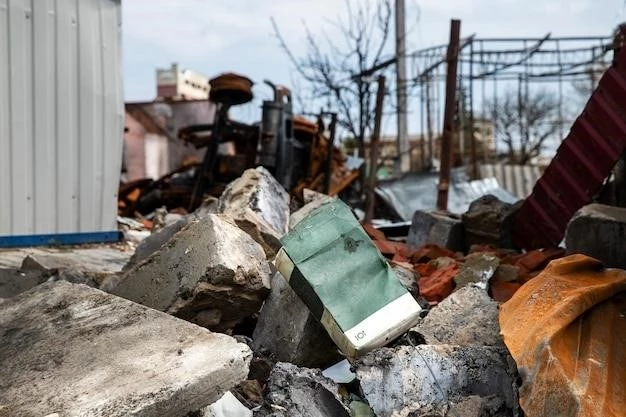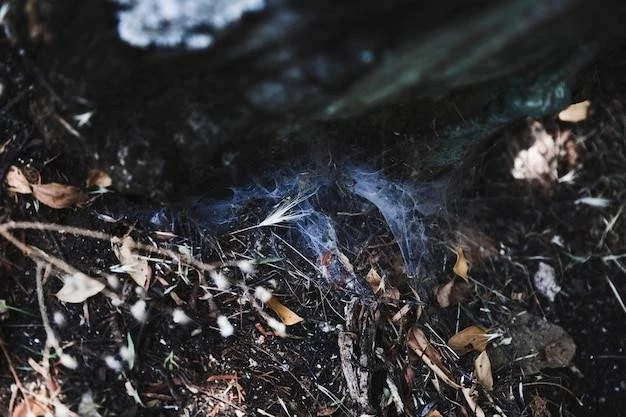Natural Disasters and Their Impact on Wildlife: A Personal Reflection on the Seychelles Tsunami
The earth‚ our home‚ is a place of awe-inspiring beauty and power. Yet‚ this power can manifest in terrifying ways‚ reminding us of our vulnerability in the face of natural disasters. I’m not a scientist or a first responder‚ but I am a passionate observer of the natural world‚ and I’ve witnessed firsthand the devastating impact such events can have‚ particularly on wildlife.
My experience with the 2004 Indian Ocean tsunami‚ while not as harrowing as many others‚ left an indelible mark on my understanding of nature’s fury and resilience. I arrived in the Seychelles ten days after the tsunami struck. The devastation‚ while not as absolute as in other areas‚ was still palpable. The missing road-bridge at Roche Caiman‚ near the airport‚ served as a stark reminder of the tsunami’s raw power.
Silent Warnings and the Power of Observation
Talking to locals‚ I was struck by their stories of unusual animal behavior in the hours preceding the tsunami. On Cousin Island‚ a haven for diverse species‚ wardens noticed the absence of giant tortoises on the beach that morning‚ a stark contrast to their usual routine. Similarly‚ the island’s renowned Hawksbill turtles‚ usually abundant during nesting season‚ were conspicuously absent from the shores. Even the seabirds‚ typically ground-nesting‚ had taken to the skies hours before the waves hit.
These accounts‚ while anecdotal‚ resonated with other reports from the region. Stories emerged of elephants fleeing to higher ground and flamingos abandoning their coastal habitats. While scientific evidence remains inconclusive‚ these observations raise intriguing questions about the potential for animals to sense impending natural disasters.

The Aftermath: A Glimpse of Resilience and Vulnerability
The tsunami’s impact on the Seychelles’ ecosystem was significant. Coral reefs‚ already stressed by rising sea temperatures‚ suffered substantial damage from siltation and debris. Mangrove forests‚ vital nurseries for marine life‚ faced inundation and wreckage‚ their long-term recovery uncertain.
Yet‚ amidst the devastation‚ there were glimmers of hope. The Seychelles’ relatively intact coastal environment‚ particularly areas of reclaimed land and mangrove forests‚ seemed to mitigate the waves’ impact. This underscored the importance of conservation efforts in bolstering natural defenses against such events.

Lessons Learned: A Call for Action
The 2004 tsunami served as a stark reminder of our interconnectedness with the natural world. It highlighted the importance of:
- Respecting Nature’s Power: Acknowledging the potential for natural disasters and understanding their impact is crucial.
- Heeding Nature’s Warnings: Paying attention to unusual animal behavior‚ while not a foolproof method‚ could offer valuable insights into impending threats.
- Prioritizing Conservation: Protecting and restoring natural habitats like mangroves and coral reefs is essential for mitigating the impact of future events.
- Building Resilience: Investing in resilient infrastructure and early warning systems is crucial for safeguarding human lives and minimizing damage.
The 2004 tsunami was a tragedy‚ but it also offered profound lessons. By learning from this experience and working together‚ we can strive to build a future where both humanity and nature can weather the storms.










